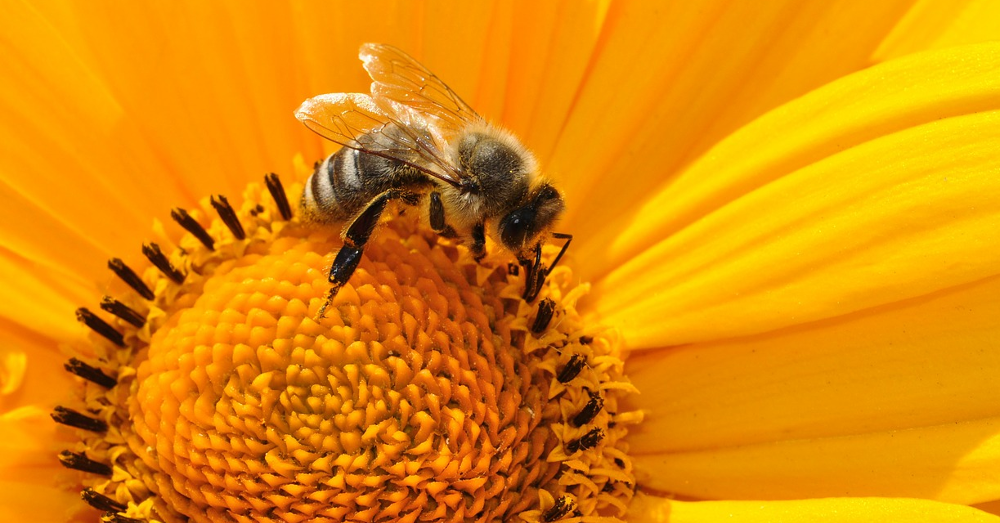
Neonics Harm Bees, Poison Drinking Water and Don’t Improve Crop Yield: Why Aren’t We Banning Them?
It’s no secret that neonicotinoids can harm bees and other insects—they’re designed to kill pests, after all. But an increasing body of evidence is uncovering just how serious an impact these pesticides are having on the environment.
August 16, 2017 | Source: AlterNet | by Lucy Goodchild Van Hilten
The impact of neonic pesticides on bees, the environment and public health is a matter of great controversy.
It’s no secret that neonicotinoids can harm bees and other insects—they’re designed to kill pests, after all. But an increasing body of evidence is uncovering just how serious an impact these pesticides are having on the environment.
Several new studies seem to have put the nail in the coffin for neonicotinoids, showing that they harm bees and don’t even improve crop yields. And, worryingly, scientists at the University of Iowa have found traces of the pesticides in drinking water for the first time. So should we be alarmed? And why haven’t the chemicals been banned?
Neonicotiniods (or, neonics) have been a go-to bug buster for many years; they were developed in the 1980s and 90s as a more environmentally “friendly” alternative to traditional insecticides. Rather than having to spray the chemicals over crops, the seeds are coated, supposedly protecting the plants from being eaten by insects during germination and early growth.
Even though farmers use relatively small amounts of the chemicals, they are still leaching into the environment. According to Prof. Nigel Raine, the Rebanks Family Chair in Pollinator Conservation at the University of Guelph in Canada, almost all of the chemical ends up in the environment. “I’ve seen estimates of as little as 2 to 20 percent of the treatment going into the actual crop,” he said. “So if you’ve got potentially 98 percent of that active ingredient going into the soil and the water, that is a concern. If the pesticide is not doing its job where it should be, what impact is that having?”
In a new study in Environmental Science & Technology Letters, scientists found three common neonics in Iowa City’s drinking water: clothianidin, imidacloprid and thiamethoxam. It turns out the pesticides can withstand the standard water treatment process: The team found traces of the chemicals at concentrations of 0.24 to 57.3 nanograms per liter.
That’s low—the equivalent of a drop of liquid in 20 Olympic-sized pools—but there’s currently no defined safe level, and it’s difficult to know what the significance is. “Having these types of compounds present in water does have the potential to be concerning,” said study author Gregory LeFevre to The Washington Post, “but we don’t really know, at this point, what these levels might be.”
